Innovation & Agriculture
How IoT Increases Productivity
In Vertical Farming!
Author: Panharith In
Publisher: Institute of Digital Research and Innovation
Publish date: 2022-09-23
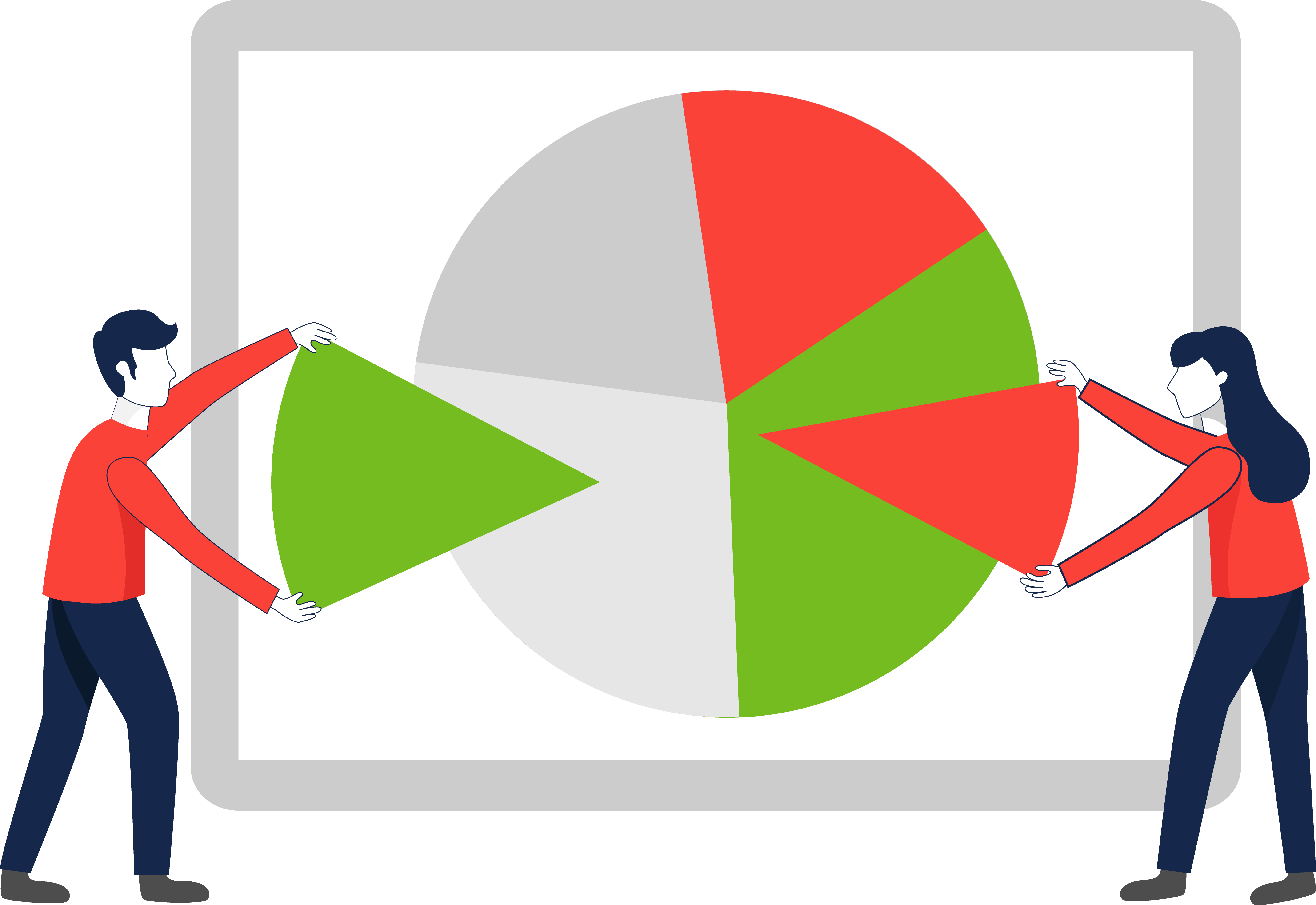
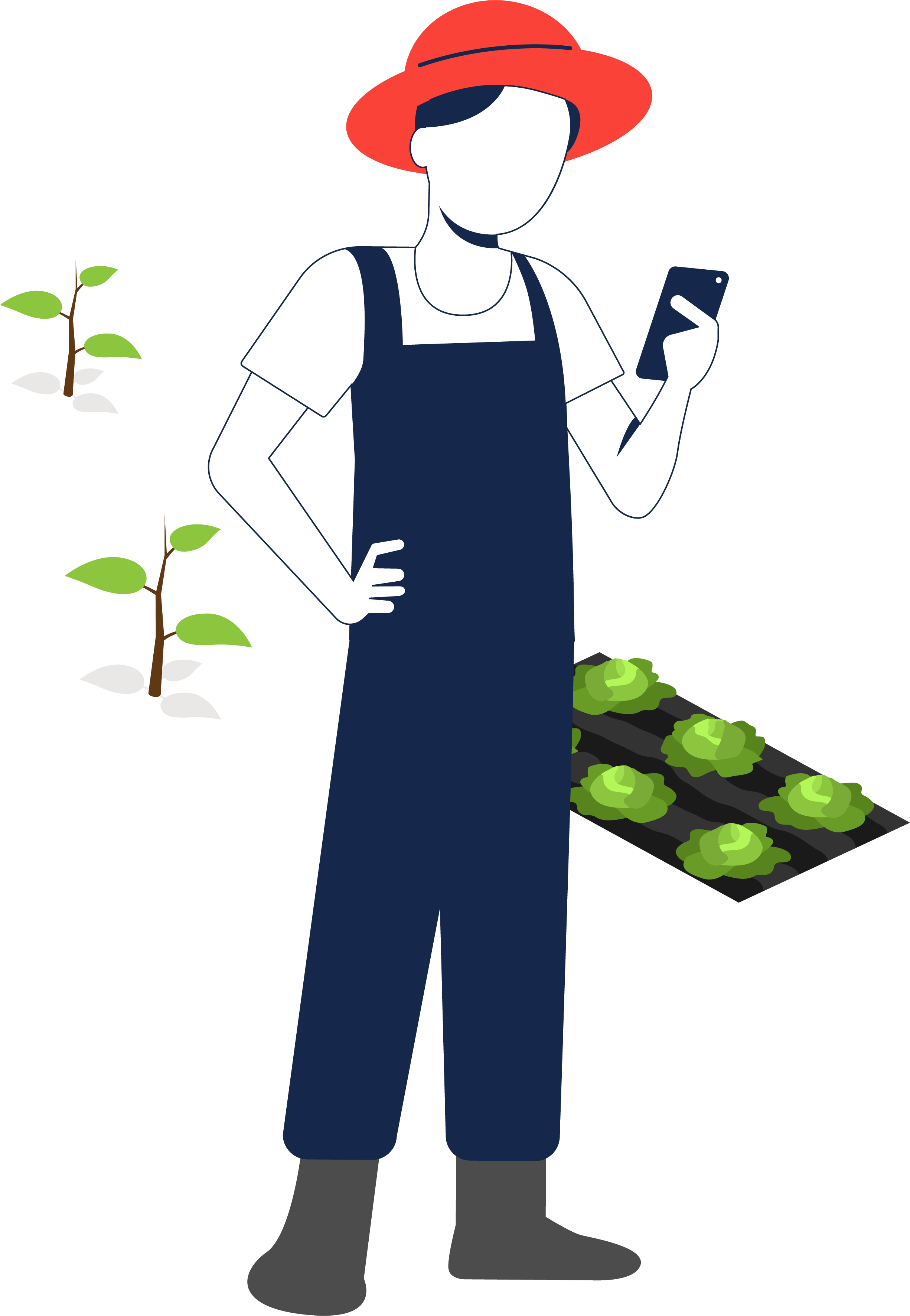
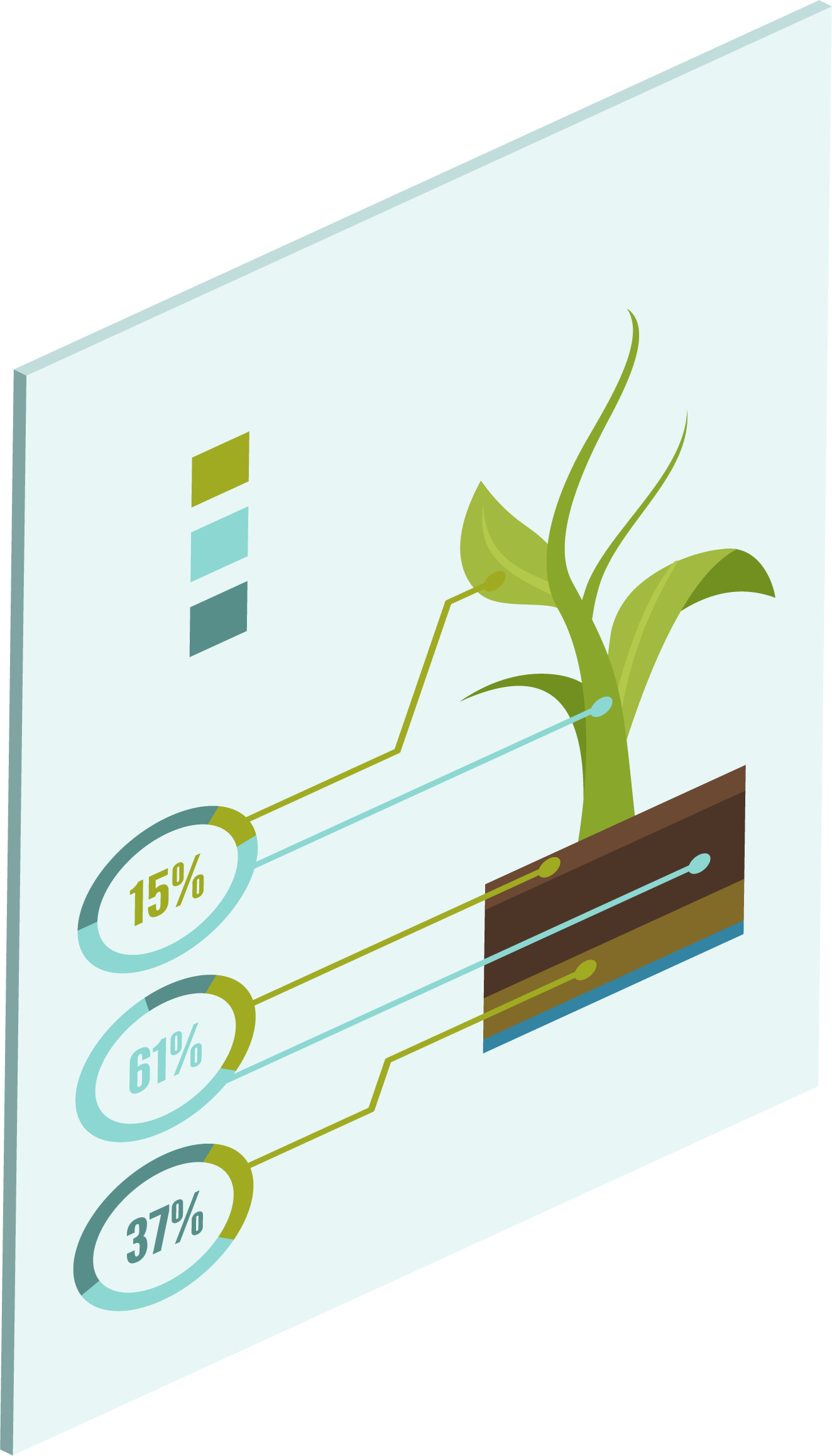
Growing more with less empowered by IoT
Imagine you could increase your lettuce yield per square meter by 11. Nowadays, technology is considered an important tool to make life easier, faster, and more effective. The internet of things (IoT) integrates four main components; sensors/devices, connectivity, data processing, and user interface, and always so just-in-time data exchange for more intelligent decisions.1
IoT is widely used in agriculture helping farmers to produce more while using less resources. For example, the light sensor can detect the light intensity data then analyze if the plants need more light or not. If more light is not needed, the IoT devices will have the light switched off by itself to save energy. In agriculture, IoT devices can be used to measure temperature, humidity, soil moisture, light intensity, pressure to name a few.
How about Cambodia?
Agriculture in Cambodia plays a vital role in economic growth. According to the statistical data on the US Embassy in Phnom Penh website published by the US Commission Cambodia, agriculture contributes to 22 percent of Cambodia’s gross domestic product (GDP) and employs about 3 million people.
How to increase the vegetable production while not increasing the land size?
Hydroponics is known to be the most predominant growing system used in vertical farming. Hydroponics refers to the technique to grow plants without using soil where mineral nutrients are added to the water to supply the plants. Gravels, sand and rockwood are sometimes used to support the roots. A study by the International Journal of Environmental Research and Public Health showed that this system provides higher production yield of lettuce 11 times while consuming water 13 times less compared to conventional farming methods.6
Figure 1: Total Gross Domestic Product and Share of Agriculture Value Added, 2000-2019
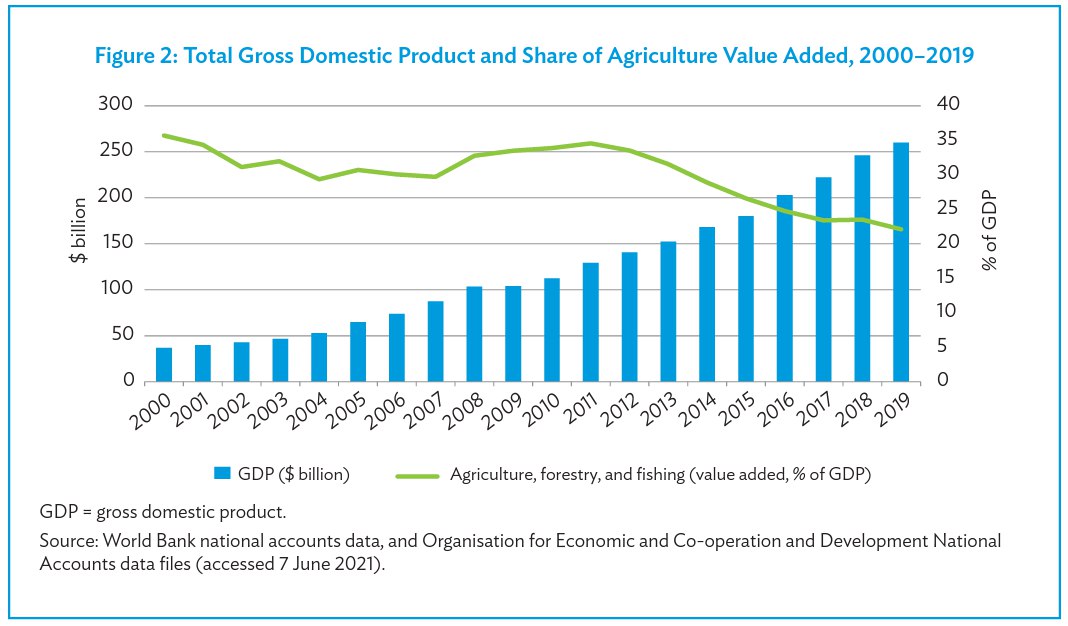
Source: World Bank national accounts data, and organization for Economic and Co-operation and Development National Accounts data files (2021).
What are some common benefits of vertical farming?
Consistency
Vertical farming can ensure consistency in crop production since the farmers do not need to worry about adverse weather conditions. Since the impact of climate change/disaster is already eliminated, vertical farming allows a year round crop production. This means the consumer has access to fresh, locally grown products in every season. Instead of harvesting once a year, farmers can receive the crop production multiple times a year. More production leads to more revenue or less expenses.
Sustainability
Vertical farming allows farmers to grow more food in less space than conventional farming in a horizontal row. This means farmers can receive high crop yields per square meter of land. Furthermore, farmers have flexibility to build their farms anywhere regardless of the soil condition. It can be the rooftop of a flat house, an abandoned warehouse, a shipping container or even inside a skyscraper. This flexibility allows food productions to be grown closer to the city or center of population where the demands are.
Growing food close to the shopping shelf eliminates food miles and food waste since the time between harvesting and reaching the shelf has been shortened. Removing the long-haul shipping times also means removing stress from farmers regarding the food durability and storability.
The hydroponics growing systems also enables vertical farming to save water usage. Since the water is completely clean after using, it can be easily filtered and reused again. Not just water, hydroponics culture also allows farmers to spend less money on fertilizer since it is a soilless system.
Safety
The vertical farms let farmers save money on pesticides since the farm environment is controlled and provides a natural barrier to keep insects out. This results in plants growing healthily and it is also safer for consumption.
Figure 2: Food loss infographic at Spread
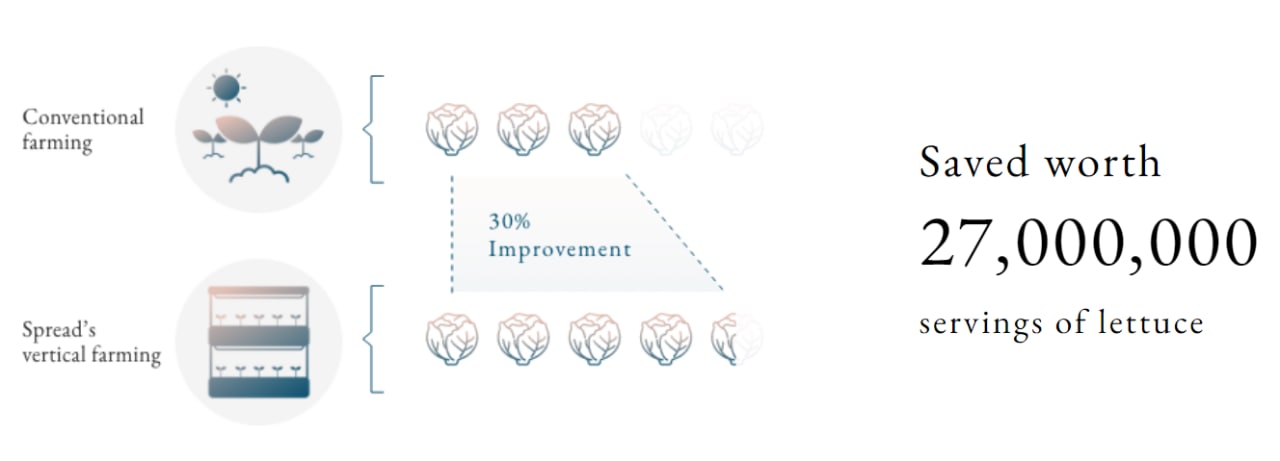
Source: Spread
How is IoT used in vertical farming?
In a vertical farm, IoT isto read and process data about temperature, humidity level and specific information about each plant. Then it calculates the cares or actions needed for the plants. IoT can tell the farmers exactly how much light, water, and nutrients the plant needs to optimize their growth.
Figure 3: Water saving infographic at Spread
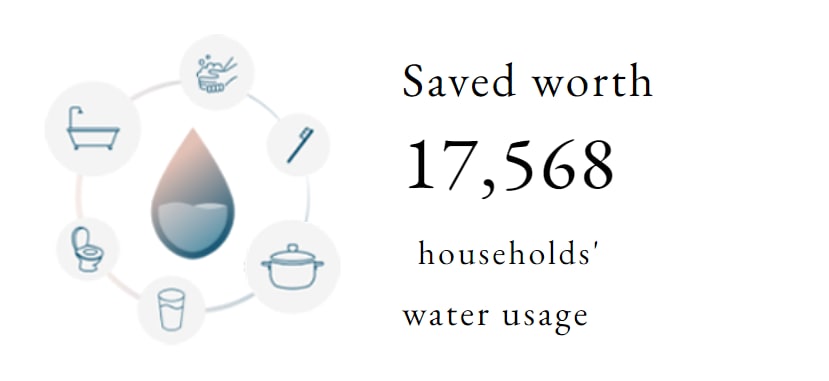
Source: Spread
ArrowDot is one of the leading IoT solutions providers in Cambodia. ArrowDot develops the hardware, software and mobile applications to respond to the IoT device demands in the agricultural industry in Cambodia.
The Digital Innovation Center of Cambodia Academy of Digital Technologies (CADT) offers the collaborative-work Makerspace to students, makers and the ecosystem. This Digital Makerspace provides the maker community space for making, learning, exploring and sharing. This space is equipped with a variety of making equipment including 3D printers, laser cutters, CNC machines, soldering irons, electronic tools, power tools, to name a few. With the equipment this space offers, it is best for the makers or technopreneurs to explore the opportunities to invent IoT devices.
The CADT Makerspace has partnered with ArrowDot to host a few IoT automation hackathons where the participants get to invent various IoT devices. For example, the prototype of a soil moisture level detection has already been developed by the group of students at CADT to pitch to the judges in a hackathon event.
Figure 7: Circuit diagram of IoT based model
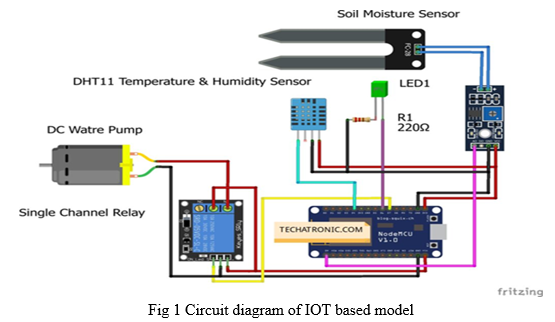
Source: International Journal for Research in Applied Science and Engineering Technology
Local production
Kannika farm is functioned to encourage a healthy eating and self growing vegetable at home. Ms. Pa Vina is the owner of Kannika Modern Farm and she mentioned to Khmer Times that her business model is to support a healthy lifestyle. In the interview with Khmer Times, she said “People are now more worried about their food. They don’t want chemicals in their vegetables, and they want organic products, so a lot of them come here (Kannika Modern Farm) to learn.”
Figure 4: Hydroponics Vertical Farm at Kannika Modern Farm and Ms. Pa Vina
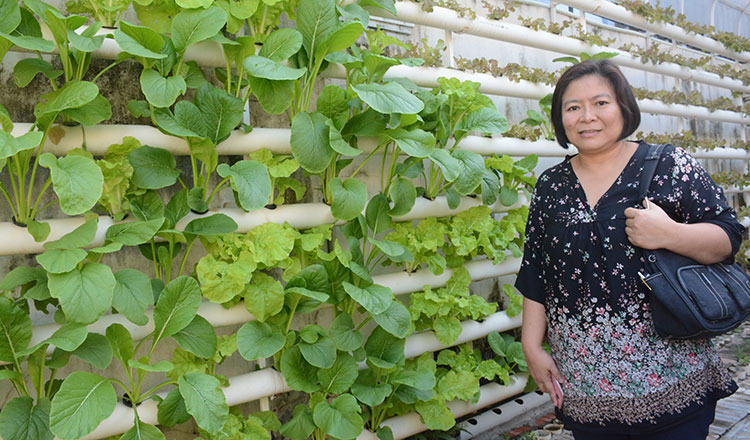
Source: Khmer Times
How about our neighbors
Figure 5: Sky Green Farm
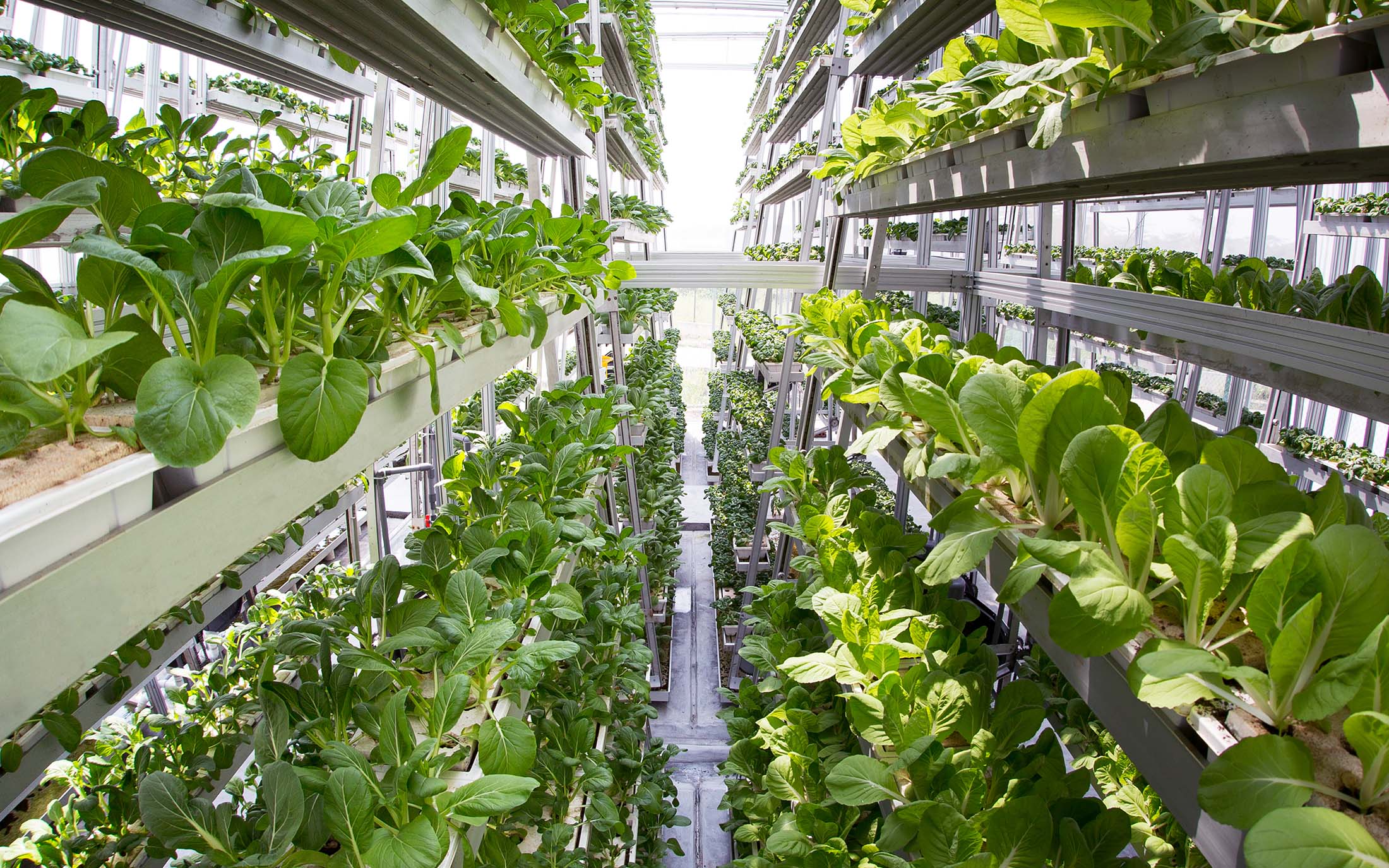
Source: Sky Greens
Conclusion
In conclusion, vertical farming is a solution for the increase of global food demand. Cambodians can start a vertical farm on their rooftops or abandoned storages. Vertical farming provides higher production yield, sustainable environment and safer food production compared to conventional farming. WIth the existence of hydroponics farm service like Kannika Modern Farm and IoT solutions like ArrowDot, it smoothens the agricultural journey for startups or new entrepreneurs to start their own hydroponics vertical farms.
The Japanese company, Spread, is one the world leading vertical farming companies, and is preparing a big investment fund to build an automated vertical farm called “Techno Farm Fukuroi”. This automated vertical farm is expected to produce 10 tons of lettuce daily.
Can IoT make vertical farming the future of Cambodia food production?
Figure 6: Techno Farm Fukuroi
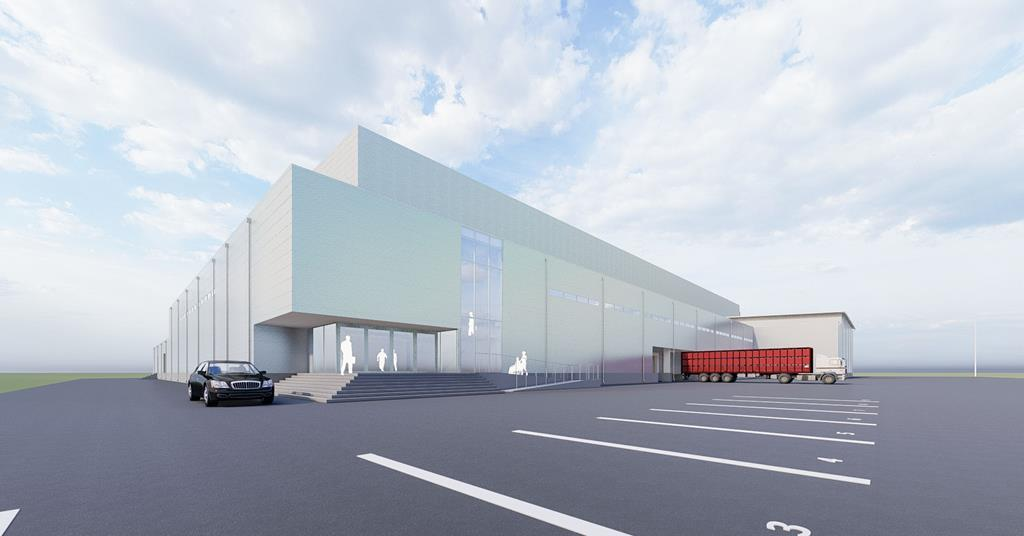
Source: Vertical Farm Daily
References
- Trivedi, A. (2022, March 11). What is IoT? | Components of IoT. Scaler Topics. Retrieved from
https://www.scaler.com/topics/components-of-iot/ - Fast Facts about Cambodia’s Agriculture Sector. (2020, February 6). U.S. Embassy in Cambodia. Retrieved from
https://kh.usembassy.gov/fast-facts-about-cambodias-agriculture-sector/ - Cambodian Agriculture in Transition: Opportunities and Risks. (2012). World Bank. Retrieved from
https://www.worldbank.org/en/country/cambodia/publication/cambodian-agriculture-in-transition-opportunities-and-risks - Vegetable planting up, but not yet feeding local demand in full – Khmer Times. (2020, November 29). Retrieved from
https://www.khmertimeskh.com/50787580/vegetable-planting-up-but-not-yet-feeding-local-demand-in-full/ - Bowery Farming. (2022, March 9). Vertical Farming: Why Growing Up Can Make a Difference – Bowery Farming. Bowery Farming. Retrieved from
https://boweryfarming.com/vertical-farming/ - Vertical Farming and Vertical Farms. (n.d.). Cultivatd. Retrieved from
https://cultivatd.com/brokering/vertical-farming/ - IJRASET. (n.d.). Vertical Farming Using Internet of Things.. Retrieved from
https://www.ijraset.com/research-paper/vertical-farming-using-iot - It’s high time for hydroponics – Khmer Times. (2017, December 7). Retrieved from
https://www.khmertimeskh.com/94711/high-time-hydroponics/ - Easy Grow on Location: Hydroponics in Cambodia. (2015, September 1). Easy Grow Ltd | Hydroponic Wholesale. Retrieved from
https://www.easy-grow.co.uk/hydroponics-in-cambodia/ - Farming In The City. (n.d.). The ASEAN Post. Retrieved from
https://theaseanpost.com/article/farming-city - Piechowiak, M. (n.d.). Countries Using Vertical Farming. Vertical Farming Planet. Retrieved from
https://verticalfarmingplanet.com/countries-using-vertical-farming/#:~:text=Currently%2C%20the%20country%20with%20the - Three Japanese companies join forces to construct vertical farm producing 10 tons daily. (n.d.). Www.verticalfarmdaily.com. Retrieved from
https://www.verticalfarmdaily.com/article/9329618/three-japanese-companies-join-forces-to-construct-vertical-farm-producing-10-tons-daily/
Read More Like This